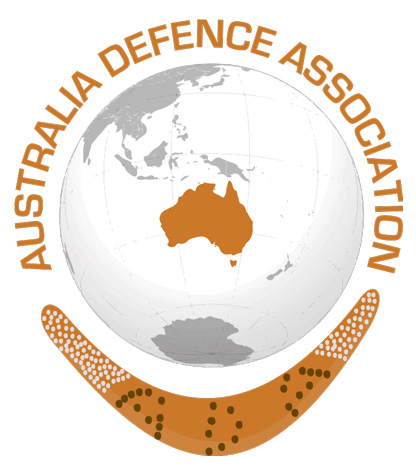Recent Chinese naval exercises south of Indonesia need to be kept in perspective. It is peacetime, the exercise was in international waters, the number and type of ships involved indicated a limited capacity to operate in the area, and Australia was easily able to monitor such an exercise anyway. Such activities, at worst, demonstrate some potential, and increased, strategic risk over the long term, but one that can be deterred or countered if necessary. They do not constitute a specific "threat" to Australia's stategic security now.
Letter to The Australian
Thursday, 13 February 2014
(not published)
Robert Bond’s “desperately needed” response to Chinese naval exercises south of Indonesia (letters, 12/2) ignores existing ADF bases and dispositions — and the oceanographic constraints of northern Australia coasts and waters.
Even assuming we need to respond so strongly to such limited, and peacetime, exercises in international waters as supposedly “unannounced intrusions”.
Robert misses that the RAAF already has the bases at Weipa and Exmouth he oddly calls for. And one more suitably located near Derby, rather than his Broome.
Even ignoring the necessary civil engineering and logistic infrastructure, there are also no suitable deep-water harbours between Perth and Darwin (and then Sydney) in which to locate a major fleet base.
And few spots for even limited naval facilities capable of supporting more than peacetime patrolling.
There are certainly no harbours with the necessary immediate access to oceanic deep water for his suggested “nuclear-powered attack submarines” (or indeed other types).
Moreover, the very shallow Gulf of Carpentaria south of a line Gove-Weipa, for example, is quite unsuitable for any type of submarine operations, especially in daylight.
Most importantly, Robert misses the strategic and operational distinctions between basing, dispositions, mobility and the ADF’s capacity to monitor, operate in and defend any area without needing to live there 24/7.
Finally, glancing at a map (or weapons marketing brochures) surely provides no sound basis to study Australia’s unusual strategic security challenges.
Back to Letters: 2014


